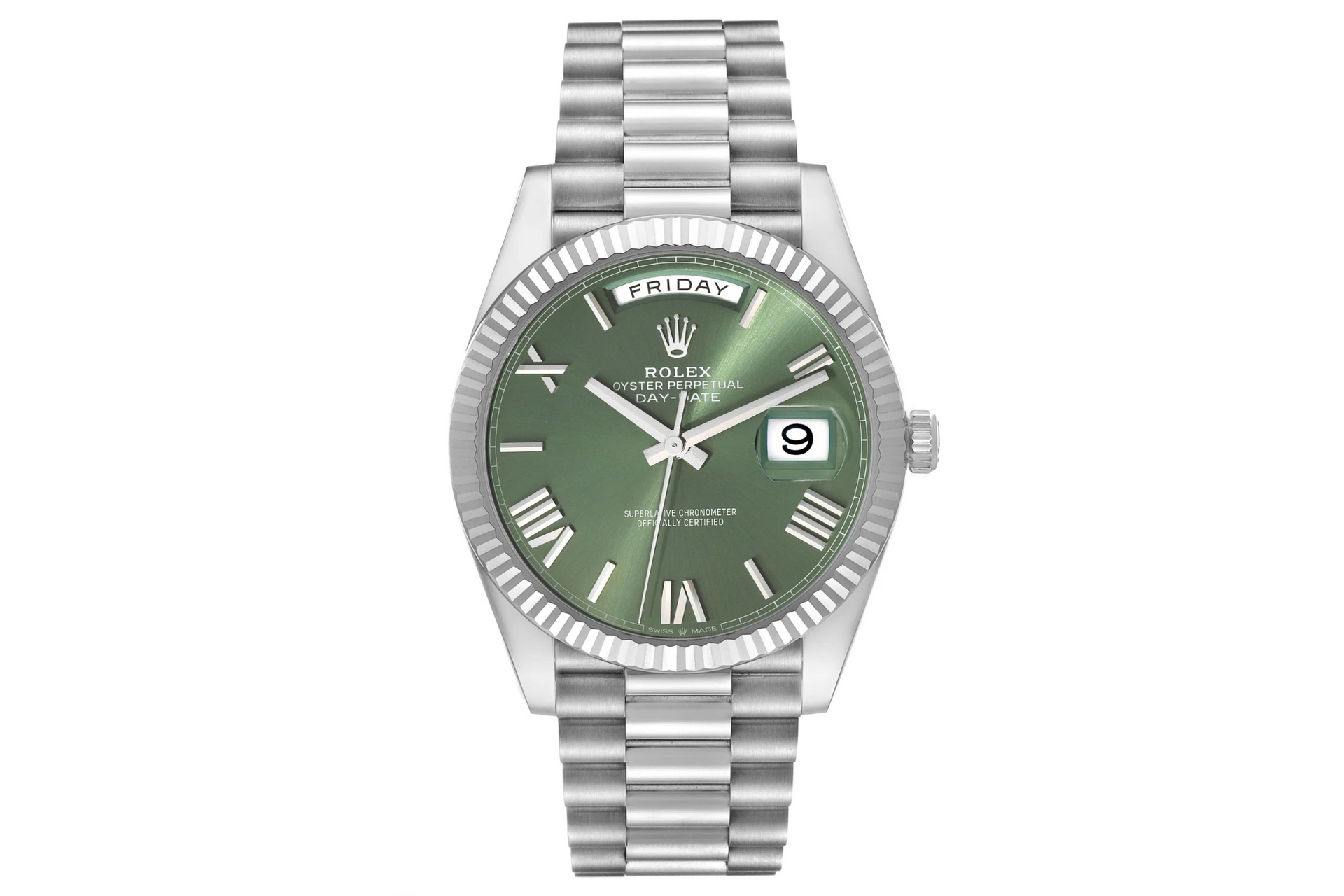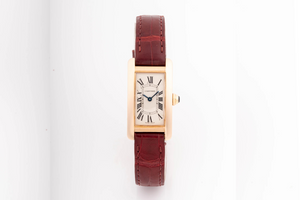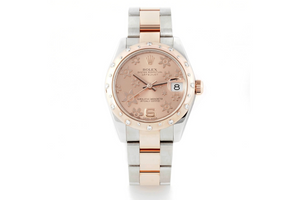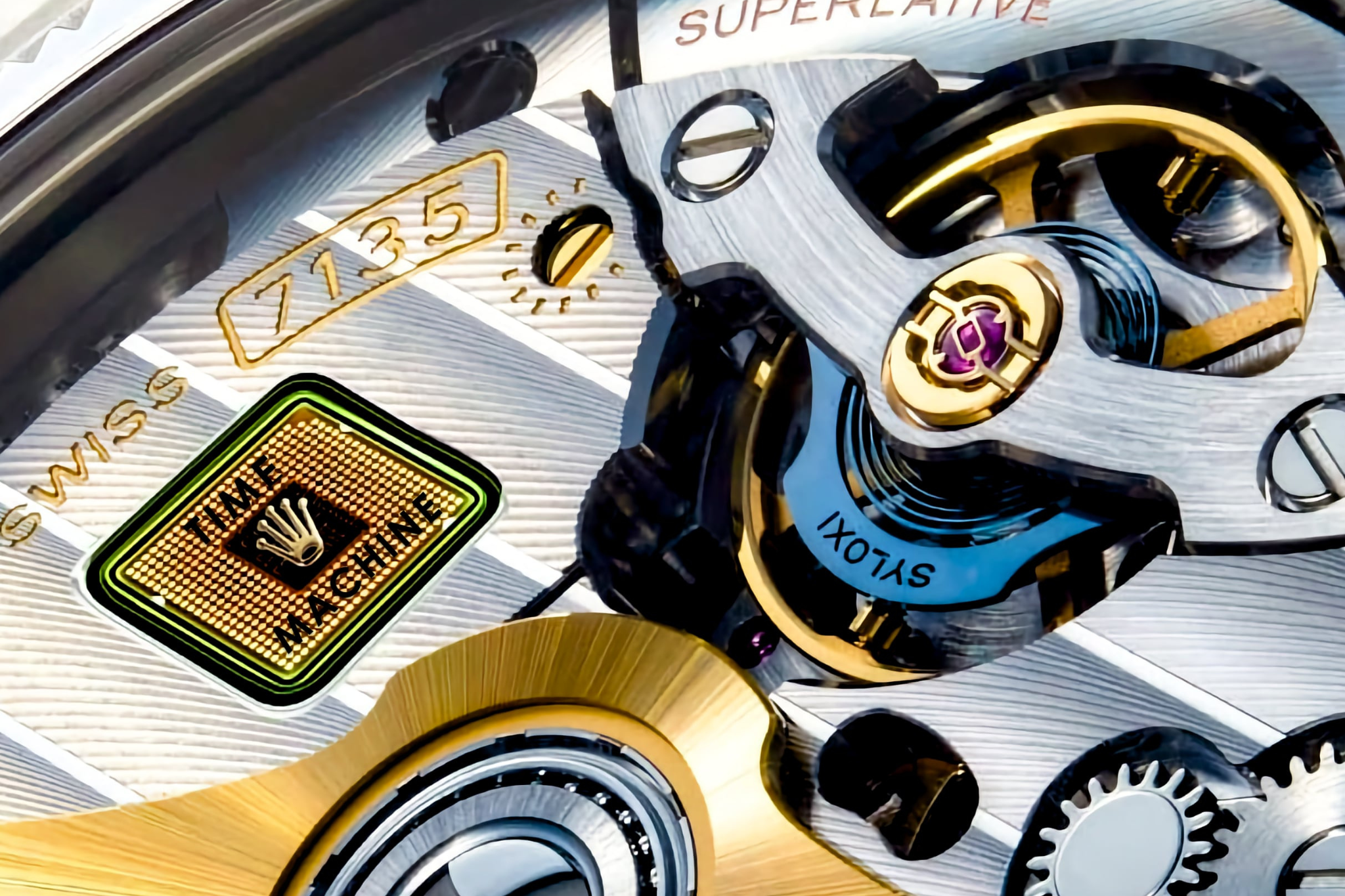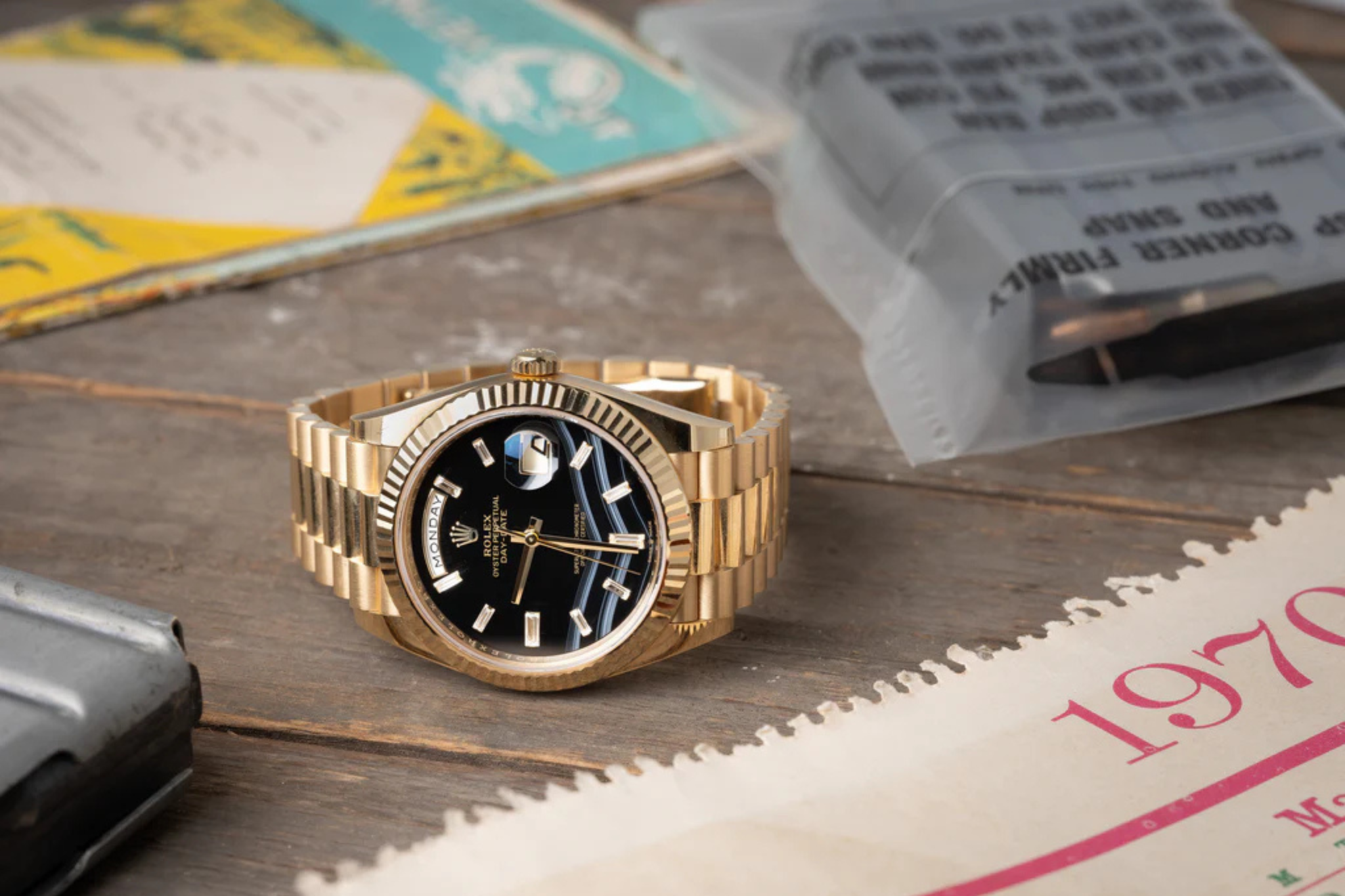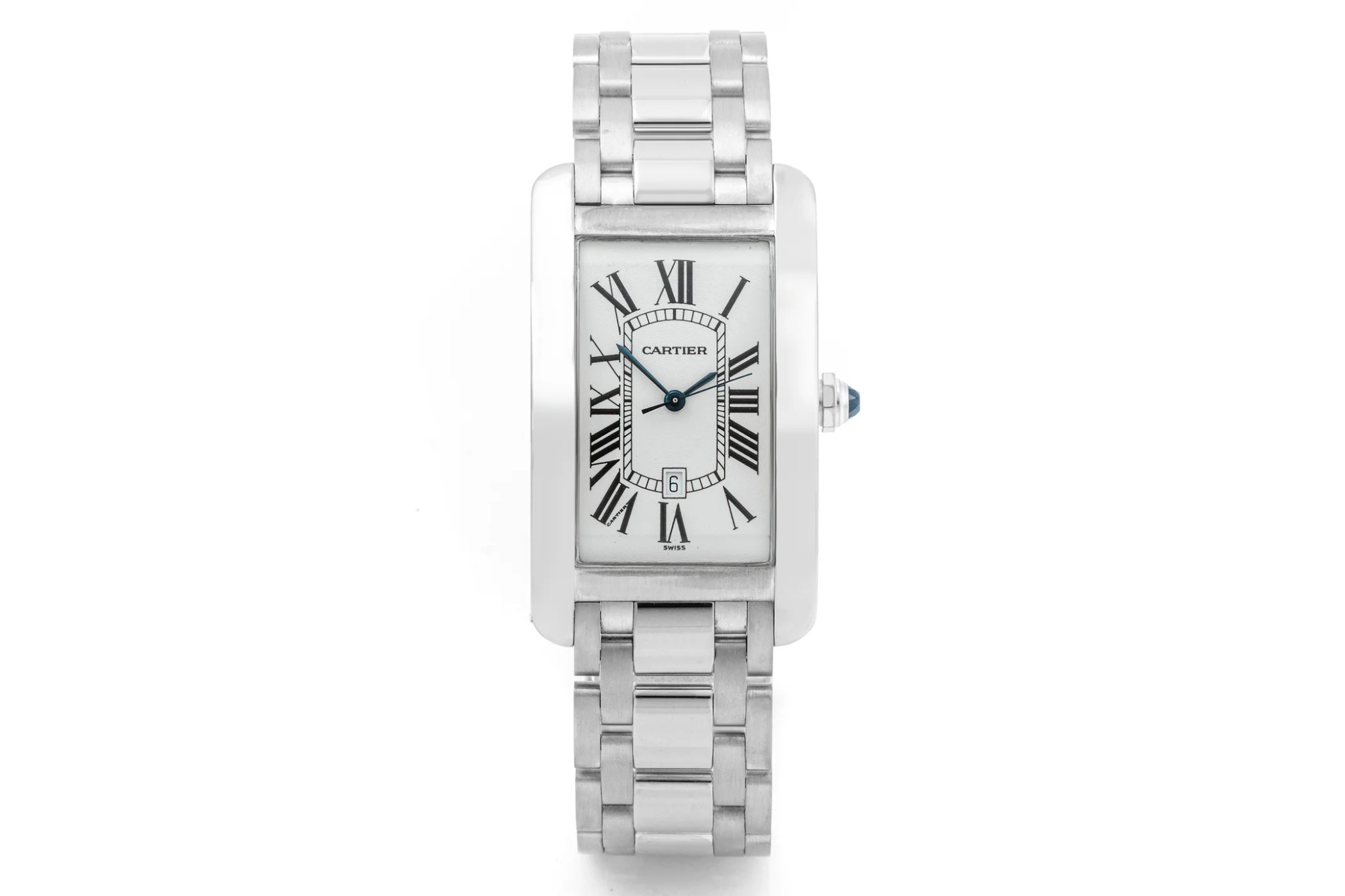Introduction: Luxury Meets Responsibility
The luxury watch industry has long been synonymous with heritage, craftsmanship, and prestige. Rolex, the crown jewel of Swiss watchmaking, stands as the ultimate symbol of timeless achievement. Yet in an era defined by climate urgency and conscious consumption, luxury brands face an important question: can tradition and sustainability coexist?
As consumers demand greater transparency and eco-friendly practices, the conversation about sustainability in luxury watches intensifies. And while Rolex remains unrivaled in prestige, collectors, investors, and enthusiasts alike are beginning to ask: can Rolex go green without losing its identity?
1. The Sustainability Challenge in Luxury
Luxury has traditionally relied on exclusivity, rare materials, and craftsmanship-elements that often conflict with sustainability goals. From sourcing metals and gemstones to energy-intensive production processes, the environmental footprint of watchmaking cannot be ignored.
Brands now face a balancing act: maintain heritage craftsmanship while adopting greener, more responsible methods. This shift is not just an ethical imperative but also a business necessity as younger, eco-conscious generations increasingly influence the luxury market.
2. Rolex’s Current Sustainability Footprint
While Rolex is famously discreet about its operations, several aspects of its production model already align with sustainable practices:
-
Durability and Longevity
Rolex watches are designed to last for generations. This built-in longevity inherently reduces waste compared to fast fashion or disposable consumer goods. -
Use of Oystersteel
Rolex’s proprietary 904L stainless steel is highly resistant to corrosion and designed for long life cycles, minimizing the need for replacements. -
Recycling Practices
Though details remain scarce, reports suggest Rolex recycles significant amounts of its gold, platinum, and steel to maintain efficiency.
Yet despite these strengths, Rolex remains cautious about publicly framing itself as a sustainable brand-perhaps to avoid accusations of greenwashing or because discretion has always been part of its DNA.
3. What Rolex Can Learn from Industry Leaders
Other Swiss watchmakers have already made sustainability a cornerstone of their strategy:
-
Panerai launched an eco-friendly Submersible eLAB-ID using 98% recycled materials.
-
IWC Schaffhausen publishes annual sustainability reports detailing CO₂ emissions and sourcing transparency.
-
Chopard pioneered the use of Fairmined and ethically sourced gold.
For Rolex to maintain its leadership role, embracing sustainability publicly and systematically could enhance not only its reputation but also its cultural relevance in the decades ahead.
4. Possible Pathways for Rolex to “Go Green”
How might Rolex embrace sustainability while preserving its exclusivity and timeless allure? Several opportunities stand out:
-
Renewable Energy
Powering manufacturing plants with 100% renewable energy could significantly cut Rolex’s carbon footprint. -
Sustainable Materials
Expanding use of recycled Oystersteel and exploring eco-certified gold and platinum sourcing. -
Transparency & Reporting
Publishing annual sustainability reports to align with growing consumer demand for accountability. -
Circular Economy Models
Strengthening certified pre-owned programs ensures that every Rolex maintains value and extends its lifecycle. -
Eco-Friendly Packaging
Transitioning from traditional luxury boxes to sustainably sourced, recyclable alternatives.
5. Consumer Expectations in the Modern Era
Today’s luxury consumers-especially Millennials and Gen Z-see sustainability as integral to status. Owning a product that represents both prestige and responsibility carries far more cultural cachet than pure opulence.
For Rolex, this presents a unique opportunity: to redefine luxury itself. If Rolex can marry its iconic craftsmanship with a sustainability ethos, it could set a new benchmark for what aspirational consumption looks like in the 21st century.
6. Sustainability as an Investment Strategy
Interestingly, sustainability doesn’t just resonate with values-it also strengthens investment logic. Rolex already dominates the secondary market for pre-owned luxury watches, with models like the Submariner and Daytona commanding premium resale values.
By positioning itself as an environmentally responsible brand, Rolex could add an additional layer of desirability, attracting eco-minded collectors and ensuring its watches remain culturally and financially relevant for future generations.
7. Challenges Ahead: Tradition vs. Innovation
Of course, Rolex faces real hurdles:
-
Risk of Greenwashing - A vague or half-hearted campaign could backfire.
-
Maintaining Tradition - Overly radical changes might alienate purists.
-
Competitive Pressure - With rivals already making bold sustainability moves, Rolex’s slow, deliberate approach may be tested.
The challenge is to adapt without erasing the timeless essence that has defined Rolex since 1905.
8. The Future of Rolex and Sustainable Luxury
The broader question remains: is sustainability compatible with the DNA of luxury? Rolex, with its unrivaled influence, has the power to prove that environmental responsibility can elevate, not diminish, exclusivity.
If Rolex embraces this challenge, the brand could become more than the ultimate status symbol-it could redefine luxury as a force for good.
Conclusion: Can Rolex Truly Go Green?
The luxury watch world is evolving, and sustainability is no longer optional-it’s essential. Rolex, with its history of leadership and innovation, has the potential to set the standard for green luxury.
Collectors and enthusiasts may still prize rarity, design, and heritage above all. But in a future shaped by climate responsibility, the true ultimate status symbol may be a Rolex that represents not just timeless achievement, but timeless responsibility.
Explore Rolex Today
For those ready to experience the craftsmanship and enduring prestige of Rolex, browse the Rolex collection here-where timeless heritage meets the possibility of a more sustainable tomorrow.

